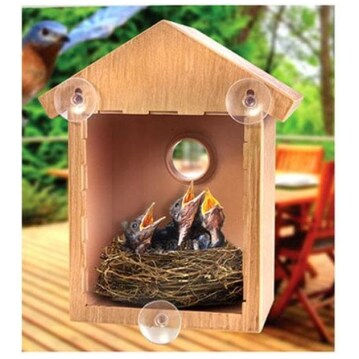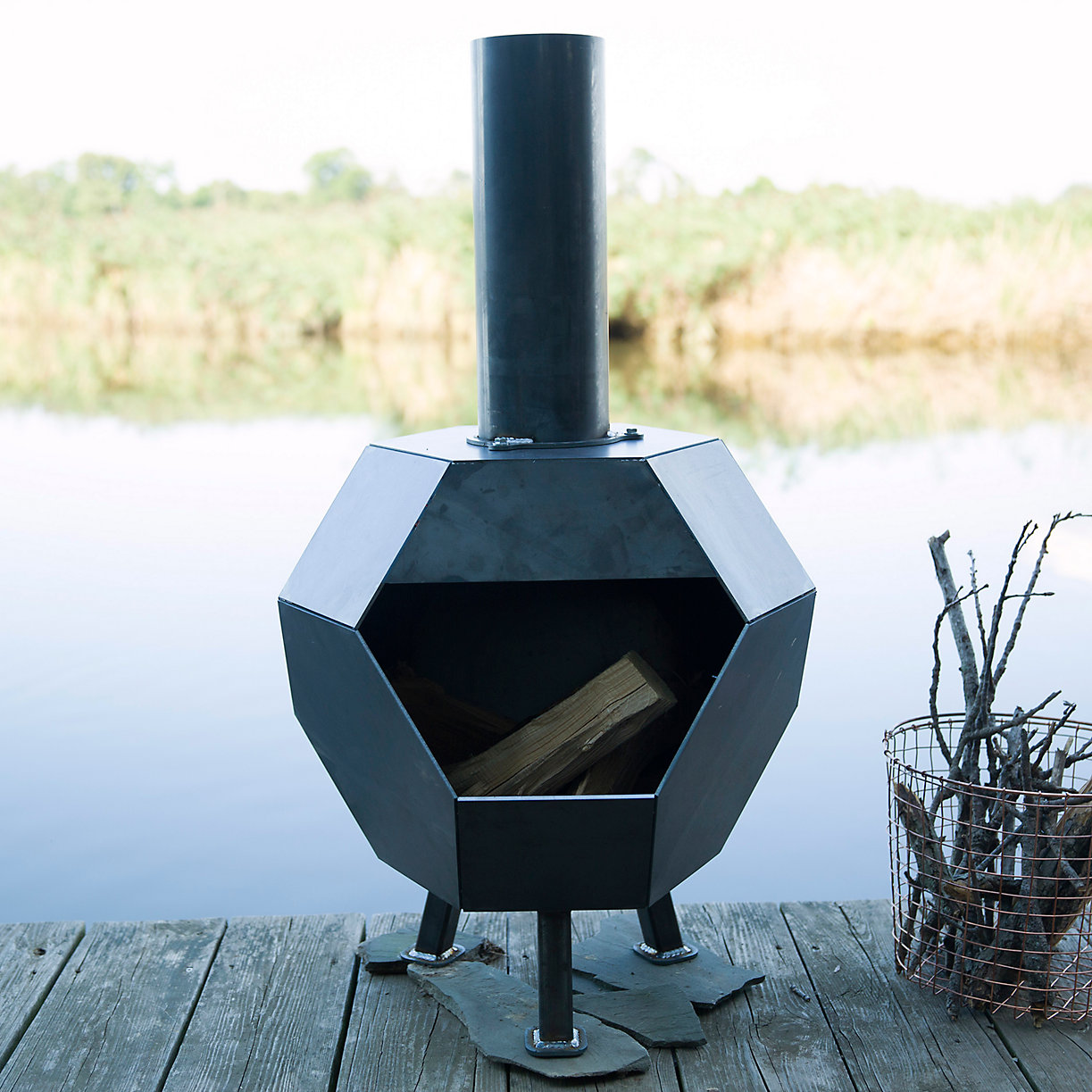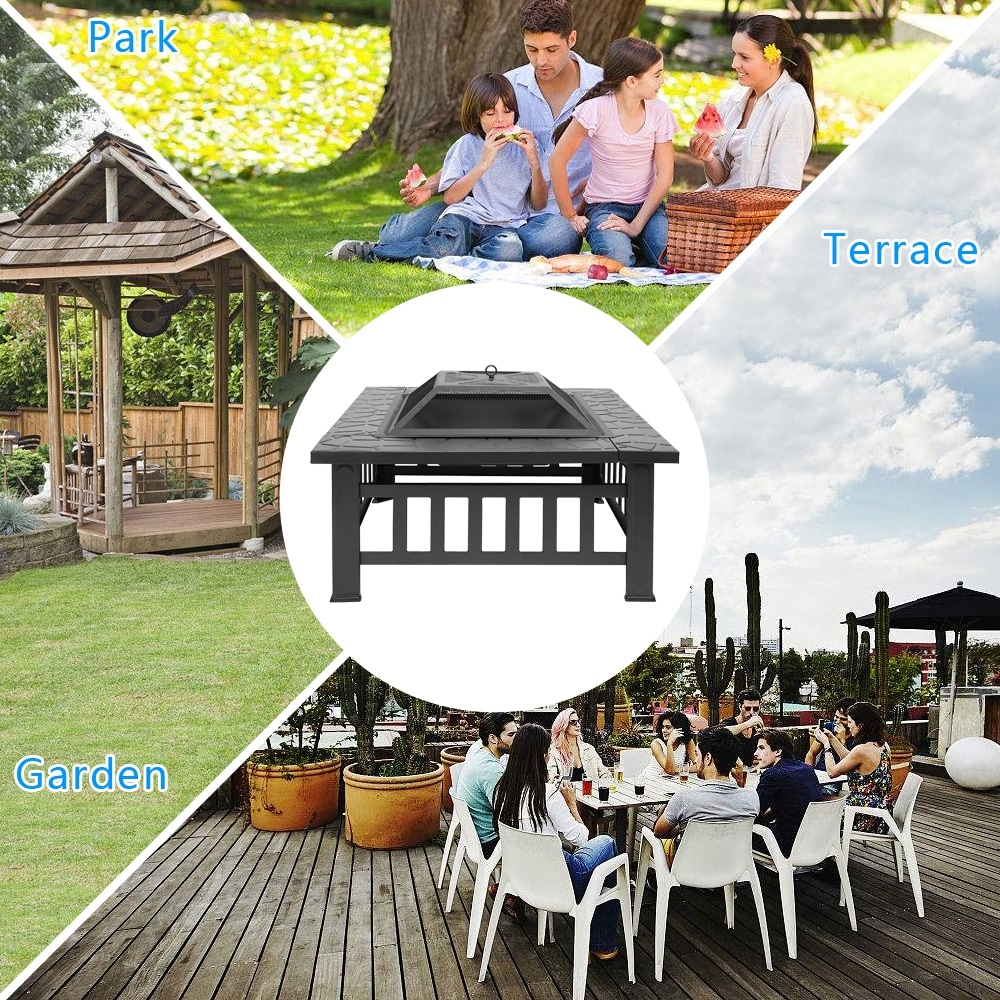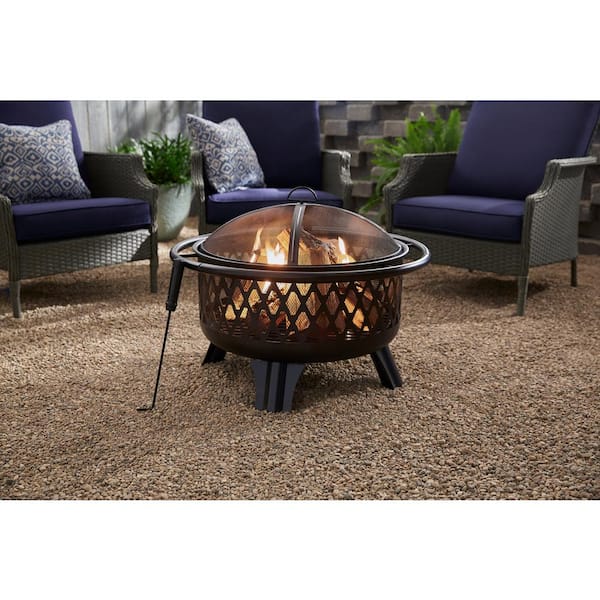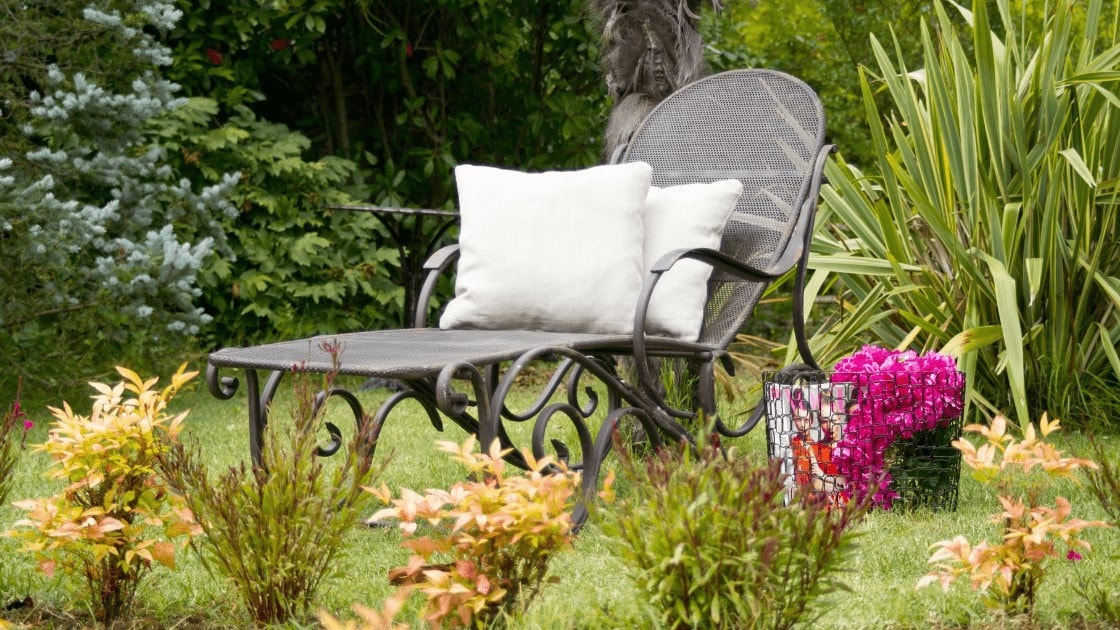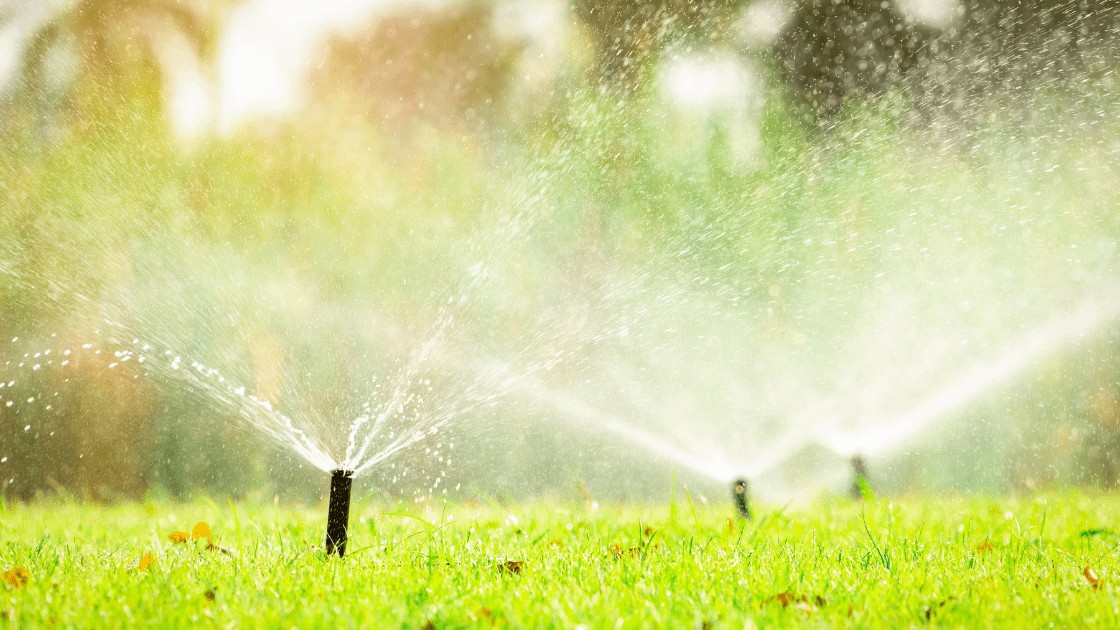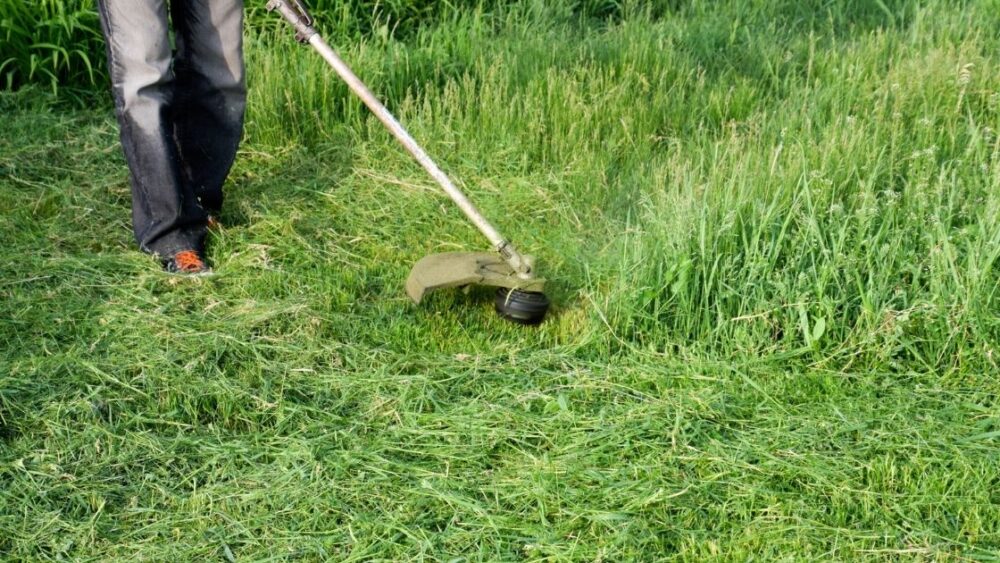
No doubt, Fire pits can create a cozy and pleasant atmosphere in your garden, or in any outdoor location. Depending on the ultimate purpose of your custom or store bought fire pit, there are somethings you need to take into consideration. In this article we will discuss certain questions related to these warm inviting outdoor features to make a decision.
Unlike fireplaces, fire pits enable people to gather around them in a circle and they are also very portable. Apart from creating comfort and coziness, fire pits can also be used for various practical purposes, such as cooking food and supplying pleasant radiating heat during colder evenings. If your trying to create a warm place for you and others, read on.
What’s the Purpose of a Fire Pit?
The practical purpose of a fire pit is to safely contain a fire and make sure that it doesn’t spread, even if left unattended for a long time. Compared to a simple campfire on the ground, fire pits have many advantages.
Browse our Affiliate Products
Not only are they much safer and easier to start, but they also ensure much better conditions for the burning of the fire – the proper airflow they provide leads to full combustion of the fuel, which greatly reduces the amount of smoke produced. Also, lighting a fire on the ground is simply not practical for most outdoor gardens, and is obviously not possible for wood decks, tabletops or indoor locations.
Check out our articles below:
- 6 Tips to Choosing the Perfect Outdoor Fire Pit
- Also check out our affiliate product selection of fire pits here: Firepits
- In addition, we offer affiliate products in outdoor patio heaters: Patio Heaters
Types of Fire Pits
Fire pits are usually divided into two categories, based on the type of fuel they use: Wood or gas. Gas-burning fire pits can use two common types of gas fuel – natural gas or propane. Let’s take a deeper look at the different fuel options and explore their advantages and disadvantages:
Wood
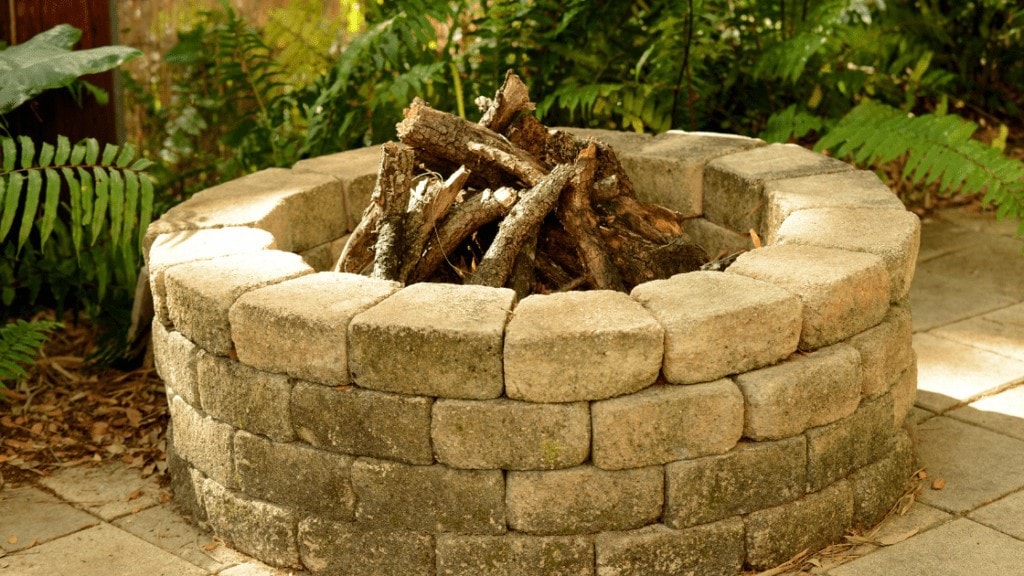
Pros:
Wood is a great fuel for a fire pit – not only is it cheaper than propane, but burning it doesn’t require the fire pit to have a gas ring installed.
When burning, it provides a characteristic pleasant smell and makes satisfying crackling noises. Food cooked on wood fire can have a more desirable, smokey taste and smell. Wood fuel can be stored indefinitely and the only requirement is that it remains dry. If you choose to use wood, you can always switch your fire pit to gas fuel later by installing inexpensive gas rings.
Cons:
A fire pit loaded with wood obviously takes longer to get started and requires manually adding more wood to keep the fire going. This may not necessarily be a disadvantage and is often an activity that many men enjoy.
Shopterrain offers styles wood burning firepits as shown below. Click Shopterrian.com to view this specific product for pricing and details.
What nobody enjoys however, is the cleanup required the next morning – wood produces a lot of fine ash that can be a hassle to collect and dispose of. Wood is also a very ‘dirty’ fuel – it emits a lot of pollutants as it burns. And lastly, burning wood can pose much more of a fire hazard compared to gas fuels.
Natural Gas & Propane

The other type of fire pit uses a gas bottle or is connected to a gas line. Both natural gas and propane can be used. Let’s first look at the pros and cons of gas-burning fire pits in general and then we’ll explore the difference between natural gas and propane.
Pros:
Gas-burning fire pits start instantly, are cleaner-burning and don’t require much maintenance – their fire keeps going as long as the fuel bottles are full and they don’t produce any solid ash leftovers that need to be cleaned.
Gas bottles are more energy-dense than wood – they take up less space compared to an equivalent caloric amount of wood.
lastly, gas-burning fire pits pose much less of a fire hazard, as there are no burning particulates that can fly off and light something on fire.
Cons:
Gas fire pits obviously don’t have that ‘true’ campfire feel that wood brings. For the same amount of heat produced, gas is more expensive than wood.
Starting the actual wood fire and maintaining it can be a ritual that is important and fun for men and burning gas obviously doesn’t require it. This can take away from the authentic feel of the fire, as can the lack of the characteristic crackling noises of burning wood.
Differences Between Natural Gas and Propane
Propane is more commonly used in fire pits and as a portable fuel in general – it has about 2.5 times the energy density of natural gas.
Natural gas is not commonly used in portable bottles, but rather is supplied via a permanent gas line. This is because it is stored in bottles under a much higher pressure, which can be dangerous.
Installing a permanent gas line supplying natural gas can have its own advantages and can provide your fire pit with a constant supply of energy, without the need to replace bottles. Natural gas lines are installed and supplied by third party companies, which also install a gas meter for billing. Natural gas is just another name for methane.
It’s important to note that fire pits are just that – pits that contain fire. Although a fire pit may be built for a certain fuel in mind, all fire pits can be easily converted to a different fuel type.
Wood-burning fire pits can be converted into a gas-burning pit by simply installing a gas ring or an insert. And fire pits that already have such an insert installed can burn wood after removing the insert, to prevent too much ash from getting inside it and plugging the tiny holes.
However, fire pits designed for burning wood may have additional safety features, not present otherwise, like spark screens. So, if you plan on switching the type of fuel used in the future, it can be a good idea to purchase a ‘hybrid’ fire pit that is specifically designed for all types of fuels.
Material Considerations – What Are Fire Pits Made Out Of?
Fortunately, some of the most heat-resistant building materials are also some of the cheapest – fire bricks, steel, concrete and various construction blocks are all heat resistant and can be used in the construction of fire pits.
A homemade fire pit can be relatively easily constructed by simply arranging fire bricks in a circle and lighting a fire inside. It’s important for the bricks to be arranged with some distance between each other to allow some air flow from the bottom of the pit.
Still, commercially available fire pits offer a much better construction and are raised, which makes them much more comfortable and easier to use.
Or you can buy a ready made fire pit as shown below.
Fire pits are commonly constructed from a combination of metal and brick/stone. All-metal fire pits also exist, and they are much lighter and more portable – their lightweight can be a disadvantage however, and they aren’t as stable as heavier fire pits that feature bricks in their construction.
To complement your firepits, check out this article. What Makes a Garden Bench Worth Buying? Factors to Consider?
Safety Considerations
Fire pits may seem like a bad idea to some people – after all, having an open fire in your garden (not to mention indoors) can’t be safe, can it?
Although there certainly are obvious risk associated with fire pits, they are generally very safe – their fire-causing potential is very low, due to the safety features they posses, like spark screens.
Usually, the most common way people get injured from fire pits is if they directly touch the hot metal near the top, or if they try to blow on the fire – both of which can lead to 3rd degree burns.
Obviously, both of those situations are easily avoided by just being careful. Ultimately, the risks associated with fire pits are comparable to those of many other household appliances and if they are treated with care and respect you shouldn’t have any problems with them!
However, there are some unavoidable hazards that fire pits pose – they all emit carbon dioxide regardless of the type of fuel used. Wood-burning in particular releases a lot of particulate pollutants in the atmosphere, as is occasionally demonstrated by forest fires causing darkening of the skies of whole urban areas.
Taking common sense precautions can greatly reduce the risks of accidental fires – ensuring that the fire pit is at least 10 feet away from your house or from anything that can catch fire is always a good idea.
Spark screens can greatly reduce the risk of small burning pieces of wood flying off and causing accidental fires. Never use wood-burning fire pits in strong winds and never leave the fire pit unattended.
It’s also worth noting that most accidents caused by fire pits involve the consumption large quantities of alcohol, so if you’re throwing a huge party, you may want to have someone who doesn’t drink watching over the fire pit.
With all open fires, always check with your local laws. for more information about fire pit safety check out this article
www.homeadvisor.com/r/home-fire-pit-safety-precautions/
Do Fire Pits Add Value to a Home?

Surprisingly, realtors report that a fire pit does boost the value of a home and a recent survey revealed that you get about a 67% back from the money you invest into a fire pit. The survey in question related to large and expensive fire pits – about 10-ft in diameter, costing between $4,000 and $6,000. Installing such a luxurious fire pit in the backyard will boost the value of your home by about $3,000, so in the end, installing a fire pit turns out not to be an ROI-positive activity.

